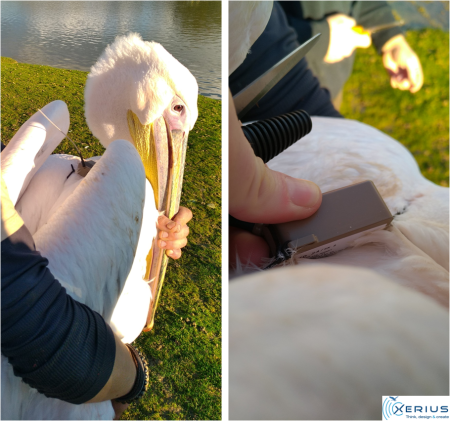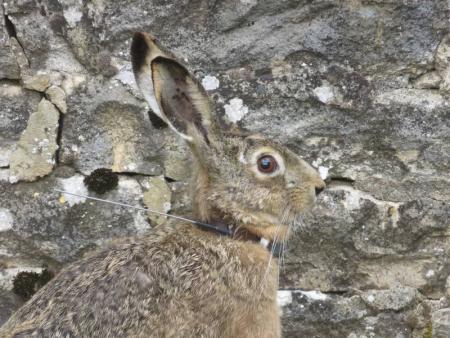
Resource description:
When facing nearly every major conservation problem from human-wildlife conflict to climate change, monitoring biodiversity and the movement of species is essential to our understanding of the ecosystems we’re protecting. Building on its core radiofrequency engineering background, XeriusTracking developed miniaturised devices using GPS, Argos, UHF, GSM and Bluetooth technologies. Our main solution, BioLoc, comprises miniaturised GPS/UHF and Argos devices which can communicate using both Low Power Wide Area Networks (LPWAN) technology and a direct-to-satellite data link (Argos). It is a private and secure LPWAN network using an european certified frequency band. The use of geofencing to switch to an Argos satellite network when ground-based UHF communication networks are not within reach offers a hybrid Space-LPWAN solution, combining efficiency with global connectivity. The combination of UHF devices communicating with Argos technology is cutting-edge, mirroring state-of-the-art ‘IoT Sat’ systems which aim to provide Argos and UHF ultra-low power communication anywhere on earth. XeriusTracking has developed super-lightweight BioLoc transmitters which can be collared or back-packed on species. This system provide data for answering to human conflict with wildlife, habitat conservation, climate change,... Many subjects which will help us to better preserve our environment through data we got.
World is changing quickly so we have to use quicker technologies [...]
Images
Requirements:
- Outdoor use
- Respect "User manual"
Advantages:
- Direct and accurate data
- Private network
- High autonomy for low weight
Constraints:
- Depend on species
- Depend on field
Uses of this resource:
Originally designed to track animals in harsh terrains that pose connectivity issues, Xerius’s range of devices utilize a blend of autonomous and solar-powered BioLoc stations, satellite networks, and Bluetooth to seamlessly relay data back to the researcher over long distances. The BioLoc tag can also provide data beyond just location, as these very small and light devices integrate the following features: GPS, an accelerometer, memory storage, temperature sensors, and a UHF link. Our devices are also customizable and programmable, and you can request devices designed for specific projects.
BioLoc stations allow you to collect data from a large quantity of tags at once - up to 240 transmitters at once. This opens up possibilities for tracking different species within one area, allowing for richer and more comprehensive data from just one station.
This system is supported by the French Ministry of Environment.
DOI reference:
10.1111/2041-210x.13364
Analysis of temporal patterns in animal movement networks
Additional information:
Since 1999, Xerius has established a strong reputation as a trusted company in the defense, aerospace and industrial sectors. Building on its core radiofrequency engineering background, the division XeriusTracking was created in 2016. Its goal is to support scientists, organisations and governments in their effort to monitor and protect biodiversity.
January 2020, Methods in Ecology and Evolution
Licence:
- Commercial
Development stage:
- Full, working product
Quality assurance:
- Professional references
